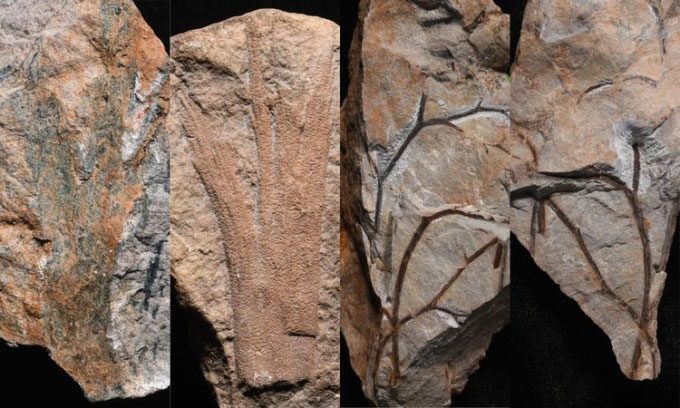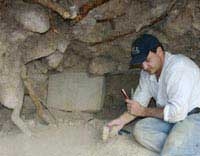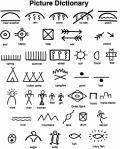Researchers have discovered a fossilized forest filled with low palm-like trees that existed during the Middle Devonian period, approximately 390 million years ago.

Fossil specimen of a tree in the forest in southwestern England. (Photo: Christopher Berry).
The fossilized trunks, discovered accidentally in southwestern England, belong to the oldest forest on Earth, according to a study published in the Geological Society journal, reported by Live Science on March 5. The 390-million-year-old fossils predate the Gilboa fossil forest in New York, USA, which is dated at 386 million years old. This new finding highlights the differences between the two ecosystems, showing how forests evolved from relatively pristine conditions to lush greenery in just a few million years, according to Neil Davies, a professor in the Department of Earth Sciences at the University of Cambridge and the lead researcher.
The study’s results are particularly noteworthy as they reveal differences in the complexity of ancient vegetation between Gilboa and the forest in England, where it appears only one type of tree was present. The extinct plant known as cladoxylopsid is believed to be a close relative of ferns and horsetails. “Cladoxylopsid looks like a palm tree, but it is not related to palms. They have a long stem in the middle and numerous frond-like leaves extending outward, but these are not leaves; they are branches,” Davies explained.
These cladoxylopsids grew densely branched at heights of 2 to 4 meters, indicating that this was not a tall forest. The fossilized trees have been preserved as hollow trunks filled with sediment, with flattened trunk segments over time, akin to being “cast within the rock layer.” Traces at the junctions between branches and trunks are still clearly visible.
Davies and his colleagues stumbled upon the remnants of the forest while conducting field research in the Hangman Sandstone formation, which dates back to the Middle Devonian period (approximately 383 – 393 million years ago). During the Devonian, England was part of a continent called Laurentia, located just south of the equator, meaning the climate was very warm and dry. Many older tree types existed elsewhere in the world, with the first land plants appearing 500 million years ago, but this new discovery represents the earliest example of a forest with closely spaced trees in large numbers.
Among the fossilized trees, the research team found traces of small Devonian insects. Although they initially intended to examine sediment layers, the discovery of the fossilized forest could reveal a turning point in Devonian plant ecology.





















































